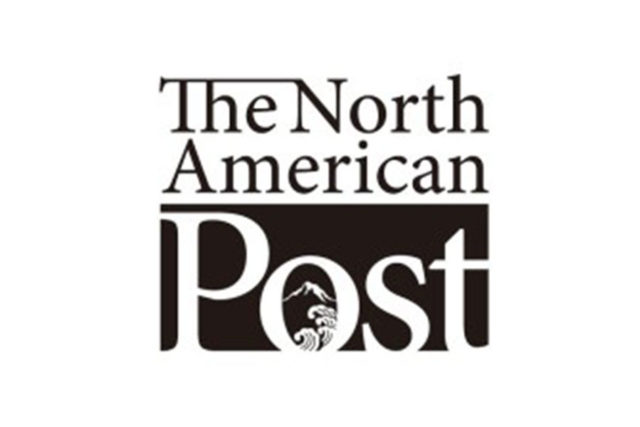By Jonathan van Harmelen
Like some moderate West Coast exclusionists in the United States, the author admitted that Canadians of Japanese ancestry were citizens, but envisioned them only as second-class citizens with “some rights.” (In this, the letter writer’s position also resembled that of Justice Minister and future Prime Minister Louis St, Laurent, who insisted in Cabinet that if Japanese Canadians were not deported to Japan wholesale after the war, they would be troublesome and end by demanding the same rights as white people.)
Another such reference to Japanese Americans came in September 1945, following the end of the war. In an editorial titled “Tolerating Hirohito,” the author asked whether it would be possible (in racial language) to “modernize” Japan after years of totalitarianism. The author then suggested “an answer to that can be found in the record of the Nisei troops who fought so gallantly for America.” The Nisei soldiers, while born to immigrant parents who “came from the same culture,” nonetheless demonstrated that their “loyalty to democratic principles was unquestioned.”
Unlike the Vancouver newspapers that drew comparisons between the Japanese American and Japanese Canadian communities, the Montreal newspapers viewed the Japanese American wartime incarceration as a unique policy. While the Montreal papers echoed some of the praise given by U.S. newspapers towards Japanese Americans in the military, it blatantly ignored the mistreatment of Japanese Canadians. Likewise, these newspapers said little regarding the issue of military service by Japanese Canadians. The Canadian government refused to permit Japanese Canadians to enlist for the balance of the war and in the end, only about 200 were allowed to serve as translators.
In sum, the English-language press of Canada, in particular the West Coast press, maintained a steady interest in the wartime treatment of Japanese Americans. Canadian journalists and editors published a good deal of favorable coverage of Japanese Americans, especially soldiers. The choice made by editors to reprint U.S. news reports on Japanese Americans reflects a keen interest by editors to share these accounts with Canadian readers and generate conversations within the editorial section. In view of the fact that Canada’s policy towards its own ethnic Japanese population was even harsher than that of the U.S. and that the wartime treatment of Japanese Canadians by the Canadian press was often hostile, the coverage they afforded Japanese Americans represents a curious double standard. The inability of the Canadian press and its readers to readily compare the treatment of Japanese Americans with Japanese Canadians speaks to the marginalization of the Japanese Canadian community and the power of white exclusionists north of the 49th parallel.
 Jonathan van Harmelen is a PhD student in history at UC Santa Cruz specializing in the history of Japanese American incarceration. He holds a BA in history and French from Pomona College and an MA in history from Georgetown University. He can be reached at jvanharm@ucsc.edu.
Jonathan van Harmelen is a PhD student in history at UC Santa Cruz specializing in the history of Japanese American incarceration. He holds a BA in history and French from Pomona College and an MA in history from Georgetown University. He can be reached at jvanharm@ucsc.edu.
This article was originally published in discovernikkei.org, which is a project of the Japanese American National Museum, Los Angeles. There, Quebec scholar Greg Robinson continues the discussion by reviewing French language Canadian media coverage of WWII JA confinement.






